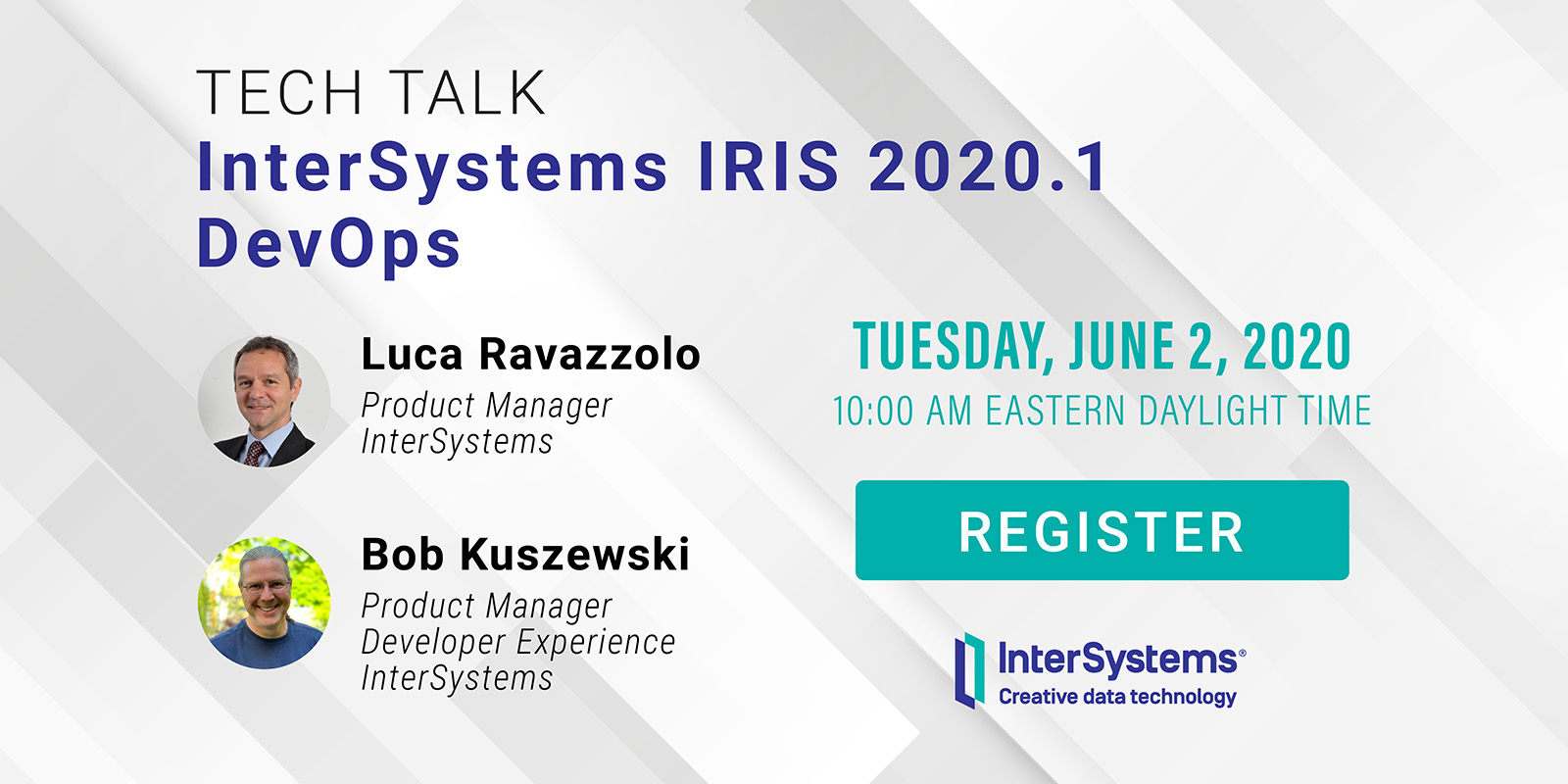I am trying to make application deployable using Installation Manifest.
I use IRISHealth_Community-2022.2.0.368.0-win_x64.exe to run manifest during installation
I run it from windows command line using the following command:
IRISHealth_Community-2022.2.0.368.0-win_x64.exe INSTALLERMANIFEST="C:\FixxerInstall\src\Installer.xml" INSTALLERMANIFESTLOGFILE="Log.txt" INSTALLERMANIFESTLOGLEVEL=3 INSTALLERMANIFESTPARAMS="FlaggerCSPDir=C:\FixxerInstall\src\csp\flagger,ClassImportDir=C:\FixxerInstall\src\import\"
It works but a little bit strange.


